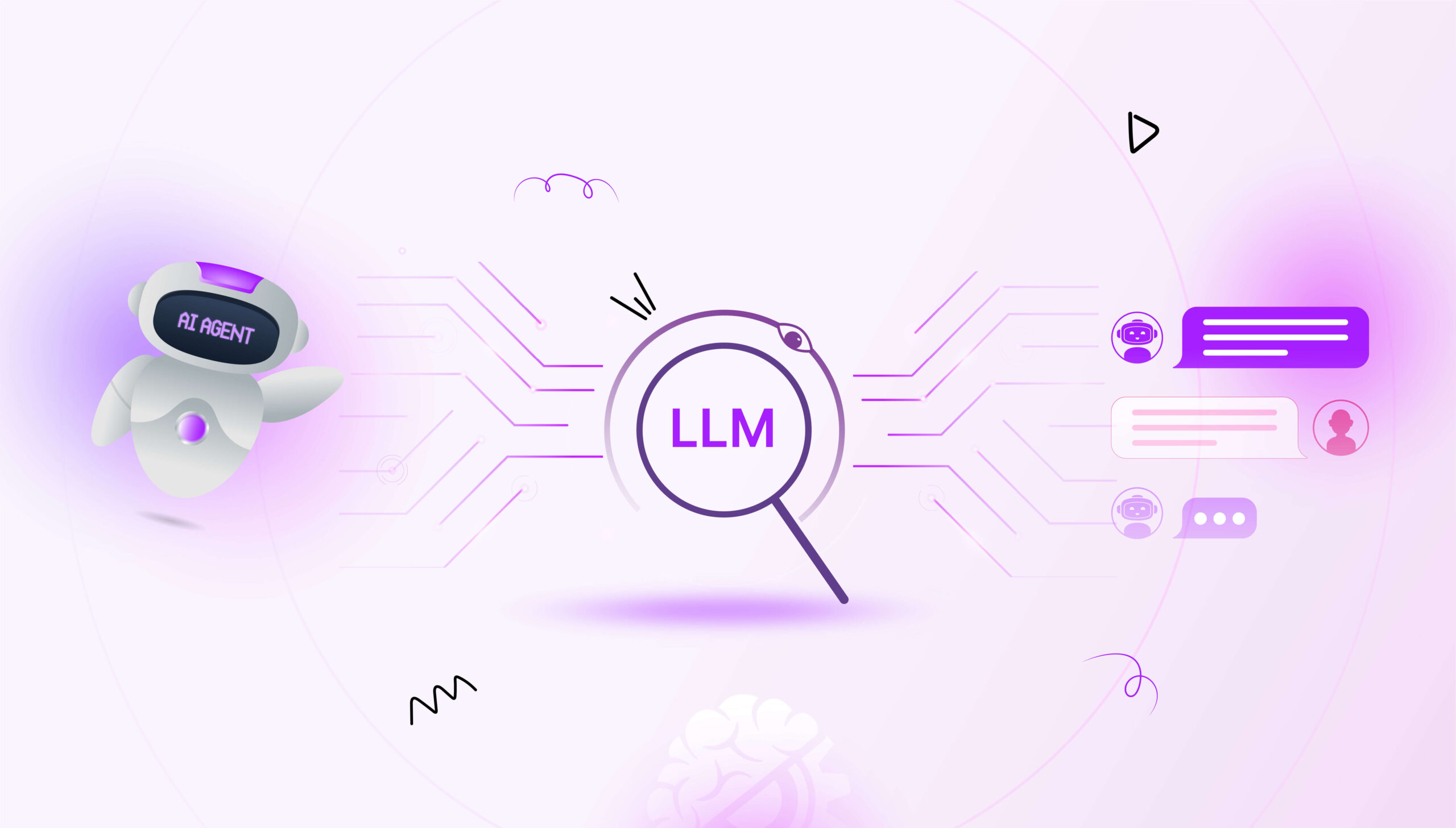Are you a technical writer who wants to increase the efficiency of your writing? Not sure if AI can help you, and if yes, how?
In this article, I will describe my journey as a technical writer and how AI has helped me overcome the challenges I face while creating high-quality, user-centric documentation.
Technical writing demands precision and clarity as well as the ability to refine complex information into accessible content. No matter how seasoned a technical writer is, we often face challenges in maintaining consistency across the vast documentation, content optimization for diverse audiences and keeping up with the rapidly evolving technologies! The use of AI to meet many such challenges has taken my technical writing to a new level, making my work faster, easier, and more efficient.
AI’s capability to analyze massive amounts of data in seconds, proofread and edit faster, and even generate complex visuals in no time has given me creative freedom as a writer by saving me hours with automation. It doesn’t just stop at automating repetitive tasks; it provides insights, suggestions, and tools that elevate the writing process to new heights.
So, if you are also looking forward to improving both the quality and productivity of your work with the help of AI, sit back and relax as I am going to share how embracing AI has made me more agile, innovative, and equipped to meet the dynamic needs of my job.
Let’s get right into it!
Technical Writing Problems and How AI Tackles
Challenge 1: Research Tasks
As a technical writer, I want my software documentation to be of superior quality. To ensure this, I need access to credible, verified, and relevant information through meticulous research. Research took almost half the time it took to complete a software document. But that changed as I started using AI’s assistance in my research.
When compared to humans, AI is capable of processing extensive information within a fraction of a second. A tool that has been one of my go-to choice is ChatGPT. It can outline complicated topics or produce first drafts of technical concepts. For instance, while writing the notes on a new feature, I asked ChatGPT for a brief description of similar offerings in similar industries which served me as a starting point.
Another useful tool is SEMrush that shows me what topics and keywords are popular now. Thus, it helps me keep my research relevant to the users and compliant with SEO standards. Also, tools of Document360’s Eddy AI help with the creation of outlines and relating articles that might be relevant.
Surely, I check the resources to ensure credibility of the content, but research is no longer an overwhelming task for me. AI truly transformed research allowing me to focus on analyzing insights and crafting user-centric content. This not only saves time but also ensures my work is accurate, well-informed, and relevant.
Challenge 2: Writing Clear and Consistent Content
When the documentation is vast, it is quite a challenge for me to maintain clarity and consistency. Especially with multiple contributors and frequent updates, maintaining a uniform tone, terminology and style is often an overhead. Using an AI assistant has been a complete game-changer in this regard.
Grammarly is one of the tools I rely on. Along with highlighting inconsistencies in tone and style, it also ensures my documentation aligns with intended voice. Document360’s Eddy AI also assists me correct the tone wherever required, helps with structuring my content, and checks various aspects of readability, such as adjusting sentence length, splitting sentences, and even rephrasing them at times.
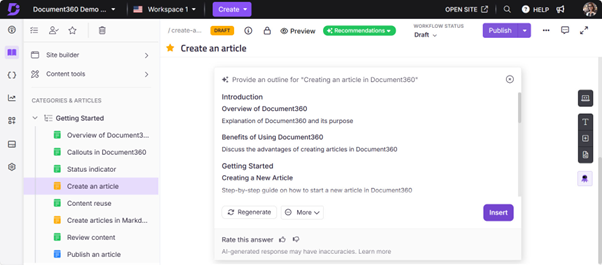
For managing terminologies, I have been using the predefined reusable content elements like variables, snippets and glossaries, ensuring all team members adhere to the same standards. The AI’s role is very powerful as it suggests reusable elements wherever those terms appear, maintaining consistency. This enhances the user experience and boosts the credibility of our documentation.
Challenge 3: Editing and Proofreading
As a technical writer, I do enjoy editing to an extent but proofreading sometimes can feel taxing. Technical documents can be pretty complex, and my average speed of proofreading can go down to 4 to 6 pages per hour in the case of very specialized documents like API documentation.
Even though editing is creative, it also takes a considerable amount of time and there is not always an organizational budget to hire an editor/proofreader separately.
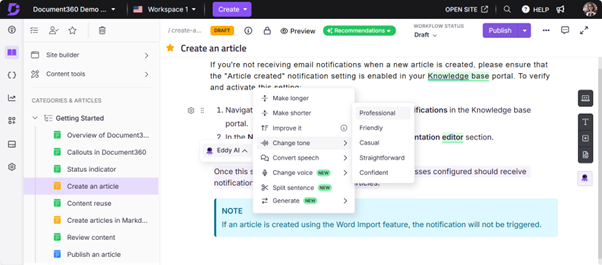
An AI assistant has sped this process for me, as I can now get help with both editing as well as proofreading. From identifying simple grammatical errors, refining sentences, and fact-checking, AI has made it possible for me to produce error-free impactful content in a fraction of the time it used to take.
Challenge 4: Creating FAQs
FAQ generation is an important part of my technical writing job. To ensure their effectiveness, I must adhere to multiple best practices, such as scanning through the data, building an optimal structure for the FAQ page, ensuring there are no knowledge gaps, and much more!
AI-powered tools like Document360 have been a great help in this area of work for me.
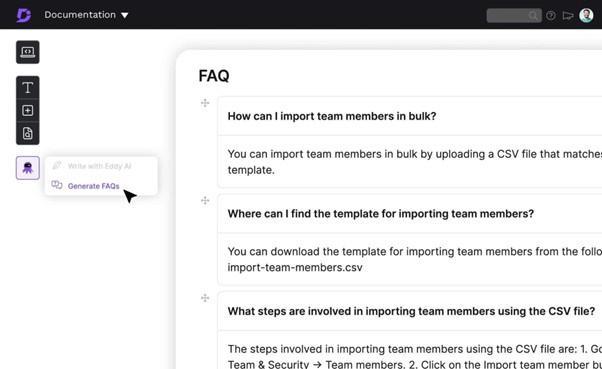
They can generate FAQs from client data in a matter of not even minutes but seconds and even suggest the optimal structure for them. AI tools even optimize FAQs for search and adjust the tone/ voice as per the requirement, helping me make our FAQ pages even more effective.
Challenge 5: Metadata and Tagging
Now writing metadata and tagging itself may not take that much time, but the amount of research that goes into it is pretty intense.
To do both these tasks efficiently, I need to understand the target audience, research keywords, see character limitations, research competition, and outline keyword topics and phrases for each page clearly. And this is where the time goes.
AI makes it way much easier by doing most of these things for me. With NLP, AI can extract key information to generate descriptive metadata within a fraction of the time. It can analyze content including images, text, and audio to assign relevant tags/ keywords, making it easier to find specific data. Document360’s AI title recommender, tag recommender, SEO description generator, Alt-text generator, and related articles recommender have been of priceless assistance!
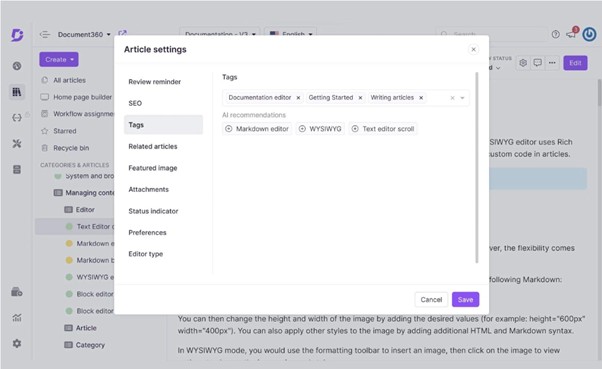
I surely go through everything once it is done and make corrections wherever required but the effort is considerably reduced.
Challenge 6: Maintaining a Consistent Business Glossary
As a technical writer, I am responsible for making technical information as simple as possible for the end-users. To achieve this, I must maintain consistency and ensure easy readability, and a business glossary plays a really important part in both.
Different departments within an organization may use similar business terms, but the underlying definitions and assumptions may differ. And for me to include those terms in customer-facing documents, they must find common ground, free from any ambiguity.
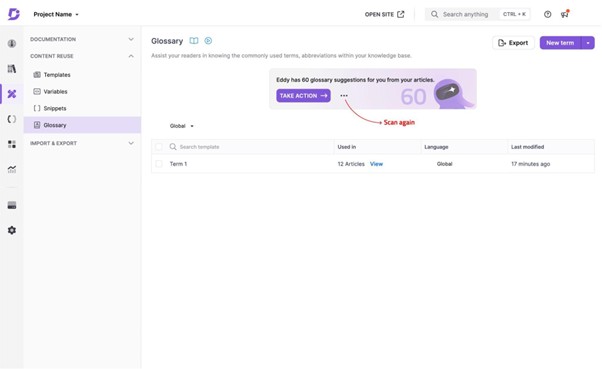
I have been using Document360’s AI business glossary generator for this, and it has taken my documentation to the next level. It gives me a complete collection of business terms used in the organization, providing clarity and a shared understanding of ambiguous terms, which I can then accordingly include in my documents.
Challenge 7: Translating Content for a Global Audience
Perhaps, translating content from huge documentation used to be a real challenge to me. Since the site was global, it became important not just to be interpretable but also culturally appropriate. This means that I had to do separate research to understand the target audience in that country, adapt visuals to local conventions, and consider cultural nuances.
These techniques of translating were very slow and rather inaccurate. This is when I had to use AI tools to help with the process, which made it quicker and much more efficient. Thanks to AI translating tools, it was possible to convey the written text with the appropriate tone and technical terms used throughout the work.
Using AI for this has two-fold benefits because it not only helps in content localization but also in translating my technical documents into multiple languages. I still hire translators to double-check everything and ensure the human touch, but the time taken in translation is considerably reduced, and the financial investment is naturally lower as the translators are not translating from scratch.
In most cases, the translation is so good that it needs minimal or no edits. With these tools in place, I have been more able to focus my efforts on refining content and less on extensive manual translation thus making the documentation very efficient on a global scale.
Challenge 8: Generating Flowchart/Graphs
As a technical writer, incorporating flowcharts, graphs, and other visual aids is an integral part of what I do to make technical documentation user-friendly and less intimidating.
It takes a lot of effort to do this with design tools and updating them can become repetitive and even tedious. AI has made this really easy for me. I just need to put in the right data and commands, and it generates professional flowcharts and graphs, ensuring consistency and accuracy.
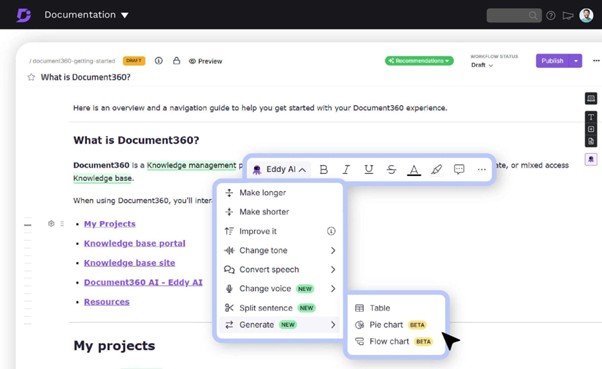
Because the creation is so easy, updating is simpler too as I can make real-time adjustments without starting from scratch. My AI assistant also makes suggestions in terms of the optimal layout and labeling.
Now I can spend way less time on design and more on creating engaging and user-centric content, which is what I really enjoy.
Challenge 9: Content Performance Analysis
To be successful at what I do, it is crucial for me to evaluate the impact of the documents I create. If the documents I create do not meet the objectives and needs of my audience and organization, then I must make the necessary changes.
Doing this involves working with a lot of metrics such as page views, time on page, and feedback. Capturing, estimating and analyzing these needs a lot of manual hours and effort. But AI-powered technology has revolutionized this task for me.
AI analyzes vast amounts of data in a fragment of the time I used to take, often uncovering trends and patterns that would otherwise go unnoticed. It can even assess readability, keyword optimization, and user engagement, and offers specific suggestions on how I can make my content more effective.
It also identifies underperforming content, determines the causes, and suggests improvements, or if I let it, it does it for me. By streamlining performance analysis for me, AI has taken my ability to produce effective content to a new level.
Challenge 10: Evolving Search Behavior
To make what I write most effective, I must know the needs, challenges, and knowledge level of my audiences. Only then can I write in line with their requirements, making contextual search possible.
The challenge is that the search behavior of my clients is constantly evolving. Techniques like static indexing and manual tagging are just not cutting it, making it challenging for me to maintain efficiency in my writing.
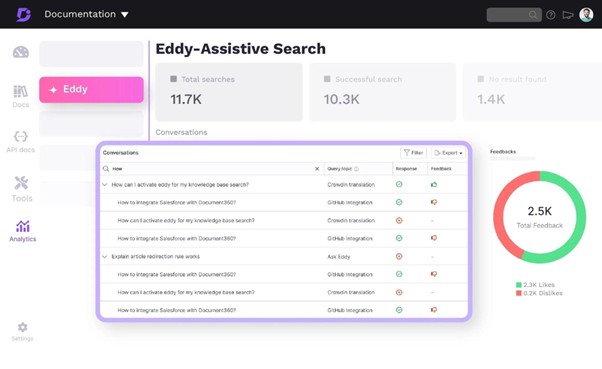
AI-powered tools have changed the game for me here also. It understands user queries in context through natural language processing delivering more accurate results. It highlights key insights and suggests changes in my writing so I can ensure effective and relevant writing.
I also use AI as my knowledge base assistant to automate categorization and tagging. The AI assistant identifies any knowledge gaps and helps me maintain a comprehensive and user-friendly repository.
By streamlining contextual search and knowledge base management, AI has empowered me to deliver faster, specific, and relevant support to my users.
So, now that I have told you all about how AI has changed my life as a technical writer, are you curious about the AI tool I use? Here’s the one!
Using Document360 for Technical Writing
I use Document360, an AI-powered knowledge management platform that effectively addresses the challenges I face as a technical writer. It has a built-in AI assistant called Eddy. Here are some ways using Document360 along with Eddy can ease your life too as a technical writer while enhancing your quality of work.
- Choose between Markdown and Advanced WYSIWYG editors to create highly customized technical documentation while maintaining consistency in formatting and style. Its AI assistant Eddy makes writing easy and quick for you by giving you ready-made templates, adjusting the length of your sentences, adjusting the tone of your writing, making sure that your content is aligned with organizational guidelines, and much more.
- With the version control feature, you can track changes to ensure you are always working on the updated version. The inline commenting and collaboration tools streamline feedback, making editing and proofreading faster and more efficient.
- Using its AI-driven search capabilities to come up with relevant content, Eddy can create dynamic FAQ sections. Easy linking and categorization ensure FAQs are optimized for usability and accessibility.
- Document360 has intuitive tag management, helping writers add, organize, and update metadata efficiently. AI-backed tag recommender further enhances discoverability and relevance.
- Its built-in AI can generate a business glossary for your technical documentation, ensuring consistent terminology across departments, reducing ambiguity, and enhancing clarity for the users.
- Eddy can translate your documentation into multiple languages and localize it for cultural appropriation. This makes your content reach global audiences without sacrificing speed or quality.
- Although primarily a knowledge management tool, Document360 integrates seamlessly with several third-party tools. It also makes it easier to create and embed flowcharts and graphs directly into documentation.
- Eddy AI search analytics empowers you to understand and optimize the performance of your documentation. You can identify underperforming content and refine it based on actionable feedback from the AI itself.
- Document360’s AI-enhanced search ensures contextual and accurate results. By analyzing user queries, it helps writers tailor content to meet evolving audience needs effectively.
Its advanced AI capabilities make Document360 a tempting choice for technical writers. Whether it is software documentation, API documentation, or any other kind of technical documentation, Document360 works across industries and various sizes of business.
Check out our video on the new AI features to simplify content creation in your knowledge base!
Wrapping Up
I hope that after reading this article, you have a fair idea of what AI can do for you and how it can dramatically change your technical writing experience.
There are many technical AI writing tools available in the market and I talked about my favorite one.
Choose wisely and get ready to take your technical writing to the next level.
We wish you all the best!

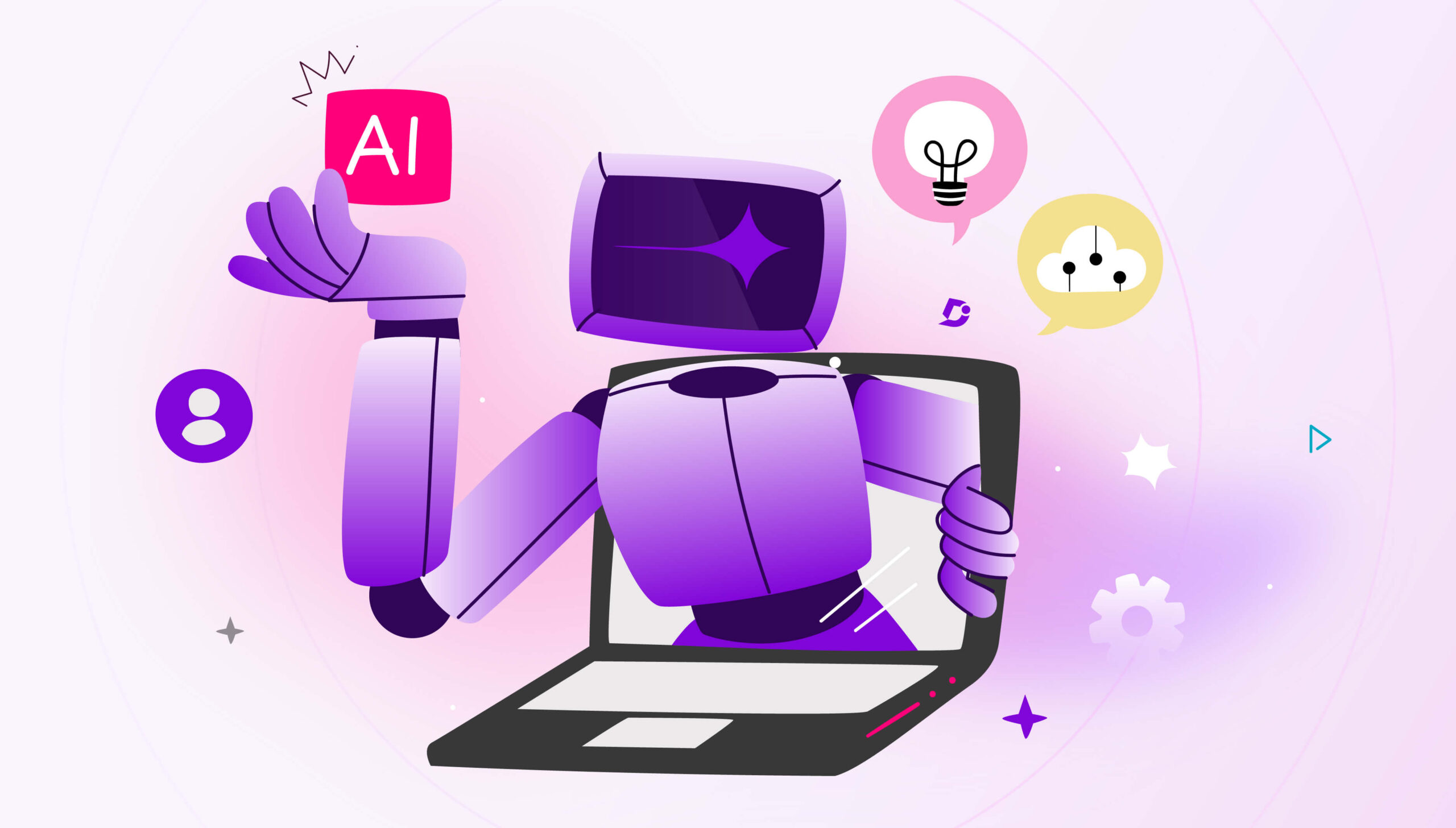


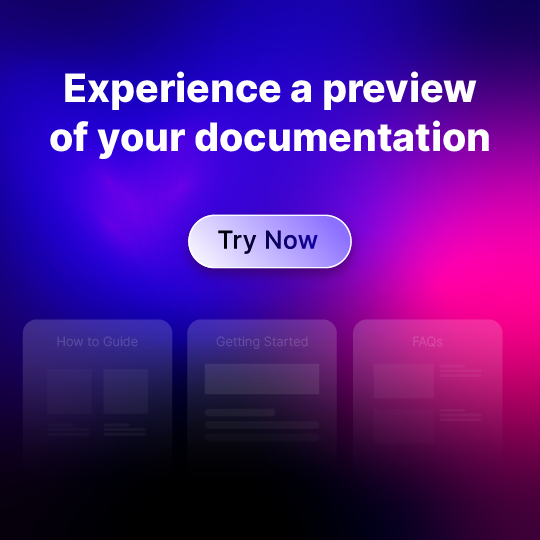
 –
– 